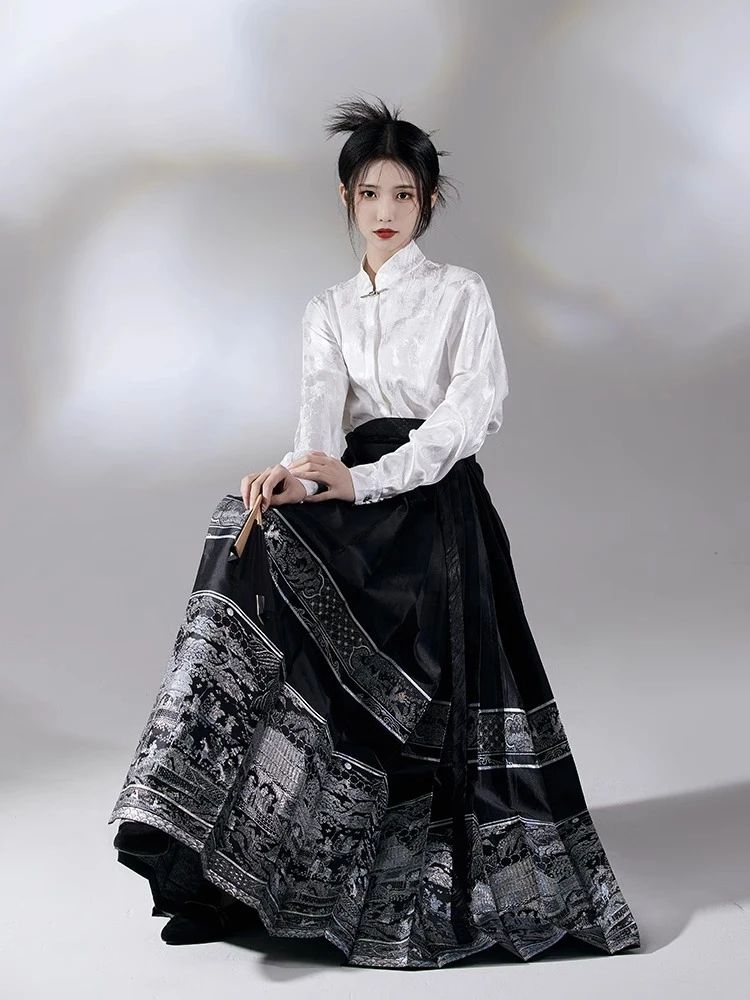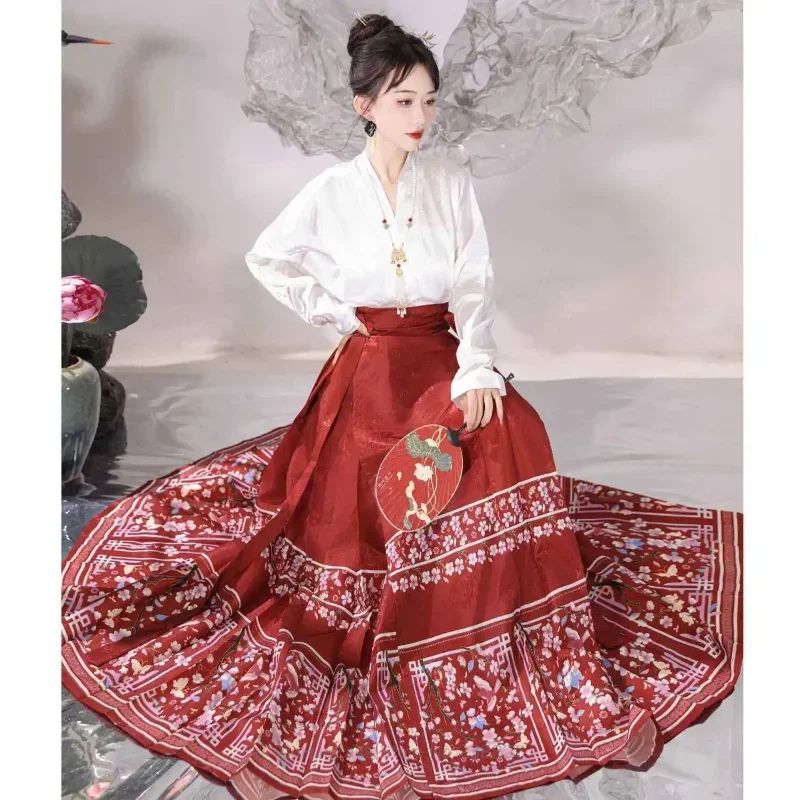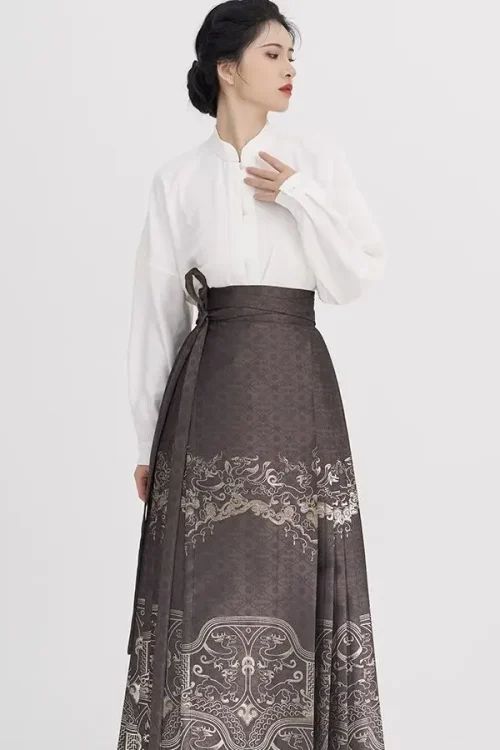Ma Mian Qun: The Art of Crafting Intricate Wheat Flour Sculptures
Ma Mian Qun, the intricate art of crafting wheat flour sculptures, has captivated artisans and art enthusiasts alike for centuries. This delicate and ephemeral art form requires a mastery of techniques and a deep understanding of the unique properties of wheat flour.

Preparing the Dough
The process begins with the preparation of the dough, made from a mixture of wheat flour, water, and salt. The dough is kneaded until it reaches a pliable consistency, allowing it to be easily manipulated into intricate shapes.
Key Techniques
One of the key techniques in Ma Mian Qun is the use of a special tool called a “mian qun,” a thin, needle-like instrument used to create fine lines and details. The artist carefully guides the mian qun through the dough, creating delicate patterns and textures.
Another essential technique is the use of water to moisten the dough. This allows the artist to smooth out the surface of the sculpture and create a more refined appearance. The water also helps to prevent the dough from drying out and cracking.
Importance of Materials
The materials used in Ma Mian Qun are equally important. The type of wheat flour can significantly impact the texture and durability of the sculpture. High-quality flour with a high gluten content produces a dough that is more elastic and less prone to breakage.
In addition to wheat flour, other materials may be incorporated into the dough to enhance its properties. For example, adding starch can make the dough more pliable, while oil can make it more resistant to moisture.
Time-Consuming Process
Creating a Ma Mian Qun sculpture is a meticulous process that can take days or even weeks to complete, depending on complexity. The artist must carefully plan the design and execute each step with precision to achieve the desired result.
Once complete, the sculpture is typically dried in a controlled environment to prevent cracking or warping. The drying process can take several days or even weeks, depending on the size and thickness of the sculpture.
结论
The finished Ma Mian Qun sculpture is a testament to the skill and artistry of its creator. These intricate and delicate works of art are often displayed in museums and galleries, inspiring and amazing viewers with their beauty and craftsmanship.
Exploring the Materials and Techniques of Ma Mian Qun: A Guide for Beginners
Ma Mian Qun, the intricate art of Chinese wheat gluten sculptures, captivates with its delicate beauty and intricate designs. Crafting these edible masterpieces requires a deep understanding of the materials and techniques involved.

Materials
The primary ingredient in Ma Mian Qun is wheat gluten, a protein extracted from wheat flour. This glutenous dough forms the base for the sculptures, providing both elasticity and malleability. Other essential materials include water, food coloring, and edible glue.
Techniques
The creation of Ma Mian Qun involves a series of meticulous steps. First, the wheat gluten is mixed with water to form a dough. This dough is then kneaded and stretched to develop its elasticity. Food coloring is added to create vibrant hues.
Next, the dough is shaped into various forms using techniques like pinching, rolling, and cutting. The artist’s imagination and skill play a crucial role in determining the final design.
Once the basic shapes are formed, they are assembled using edible glue, made from starch or gelatin, which holds the pieces together securely. The sculptures are then steamed or boiled to cook the gluten and set the shape.
Advanced Techniques
As artists gain experience, they may explore advanced techniques to enhance the complexity and realism of their sculptures:
- Layering: Multiple layers of dough create depth and texture.
- Carving: Sharp tools carve intricate details into the sculptures.
- Painting: Edible paints add color and enhance realism.
结论
Crafting Ma Mian Qun is an art form that requires patience, skill, and a deep understanding of the materials and techniques involved. By mastering these elements, artists can create edible masterpieces that showcase the beauty and artistry of this ancient Chinese tradition.
The Cultural Significance and History of Ma Mian Qun: A Timeless Tradition
Ma Mian Qun, the intricate horsehair embroidery of China, is a testament to the skill and artistry of its creators. This ancient craft, with roots in the Tang Dynasty, has been passed down through generations, preserving a rich cultural heritage.

Selection of Materials
The process begins with selecting high-quality horsehair. The hair is carefully cleaned and sorted, with only the finest strands used for embroidery. The horsehair is then dyed in vibrant hues, creating a palette that ranges from delicate pastels to bold primaries.
Embroidery Techniques
The embroidery technique involves using a fine needle to stitch the horsehair onto a silk or satin base fabric. The stitches are incredibly small and precise, creating intricate patterns and designs. Common motifs include flowers, birds, animals, and auspicious symbols.
Importance of Materials and Techniques
The materials used in Ma Mian Qun are essential to its unique aesthetic. The silk or satin base fabric provides a smooth and lustrous surface, while the horsehair adds texture and depth.
The techniques employed are equally important. The “flat stitch” creates outlines, while the “raised stitch” adds dimension, and the “knot stitch” creates intricate details and embellishments.
Recent Resurgence
Ma Mian Qun has been used to adorn clothing, accessories, and home décor, adding a touch of elegance and sophistication to any setting. In recent years, it has experienced a resurgence in popularity, with contemporary artists exploring new ways to use the craft.
From traditional motifs to abstract designs, Ma Mian Qun continues to evolve, showcasing the enduring artistry and cultural significance of this timeless tradition.
